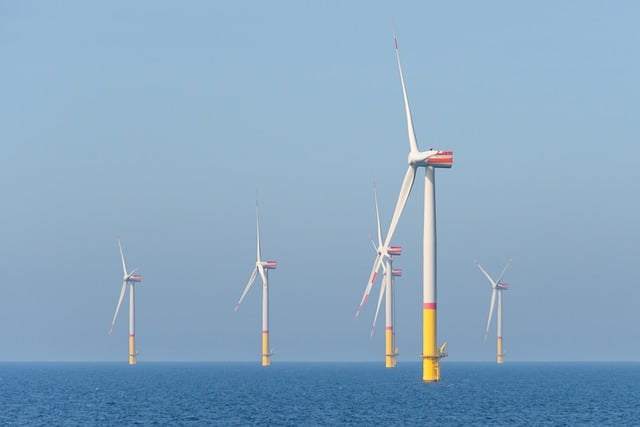As we navigate the 21st century, the urgency for sustainable development has never been greater. Our planet is facing numerous environmental challenges, and the quest for a carbon-neutral future is paramount. One of the critical elements that underpin this journey toward sustainability is water conservation. Water is not just a resource; it’s a lifeline for all forms of life on Earth. By embracing green technologies, we can significantly reduce our ecological footprint, protect our precious water supplies, and create a healthier world for future generations.
Water conservation is intertwined with our efforts to reduce carbon emissions. The processes that require vast amounts of water also contribute to greenhouse gas emissions. By adopting innovative solutions and green technologies, we can streamline those processes, ultimately leading to a reduction in our carbon footprint. For example, rainwater harvesting systems capture and store rain for various uses, thereby reducing reliance on groundwater and municipal water supply systems, which are often energy-intensive to maintain.
The integration of green technologies into agriculture stands as a beacon of hope for effective water conservation. Methods such as drip irrigation and precision farming allow farmers to apply water precisely where and when it’s needed, minimizing waste and maximizing efficiency. This not only conserves water but also promotes healthier crops, leading to increased yields without the excessive use of fertilizers and pesticides. Such practices are crucial in the drive towards sustainable agricultural systems that embrace both environmental responsibility and economic viability.
Urban areas, too, are beginning to recognize the importance of water conservation in their sustainability agendas. The implementation of green roofs, permeable pavements, and bioswales helps to manage stormwater sustainably while reducing the urban heat island effect. These green infrastructures are designed to capture and filter rainwater, reducing runoff and the strain on traditional drainage systems. By utilizing nature-based solutions, cities can become more resilient to flooding and other climate-related impacts.
Moreover, advancements in water treatment technologies, such as filtration and desalination, provide us with new opportunities to access clean water while conserving what we have. These technologies can ensure that even regions facing severe water scarcity can find solutions to secure their water supplies sustainably. The carbon-neutral goal can only be achieved if we forge ahead with innovations that respect natural resources while meeting human needs.
The journey toward a carbon-neutral future is not solely reliant on legislation or corporate responsibility; it calls for individual action as well. Simple habits, such as fixing leaks, using water-efficient appliances, and rethinking our daily water usage, play a significant role in reducing our overall water consumption. By making conscious choices, each of us can participate in the collective movement towards water preservation and sustainable living, ensuring that we leave a thriving planet for generations to come.
In summary, the synergy between green technologies and water conservation is a critical piece of the puzzle for achieving sustainability and reducing our ecological footprint. By prioritizing water in our quest for a carbon-neutral future, we not only protect the environment but also foster a sustainable world where life can flourish in equilibrium with nature.




